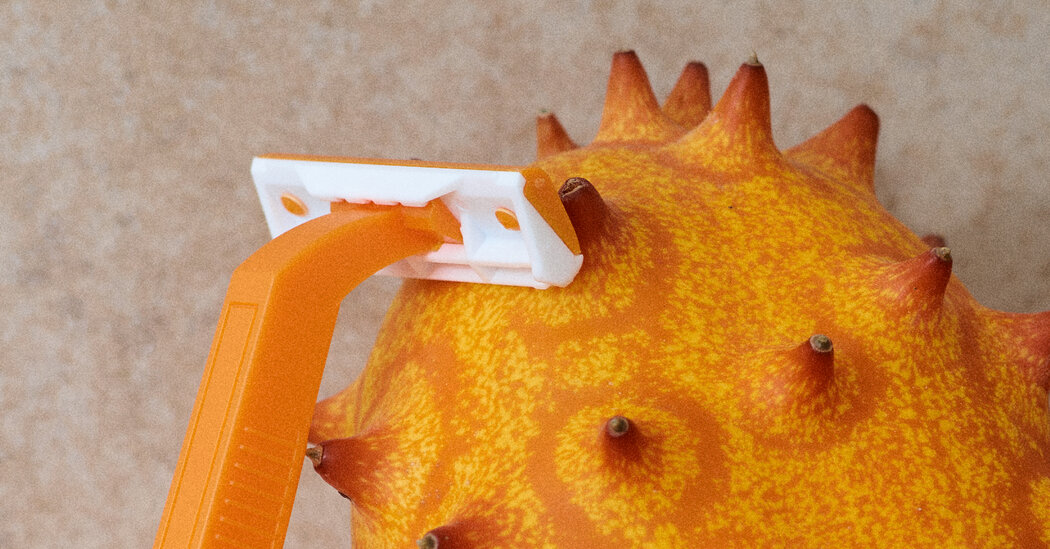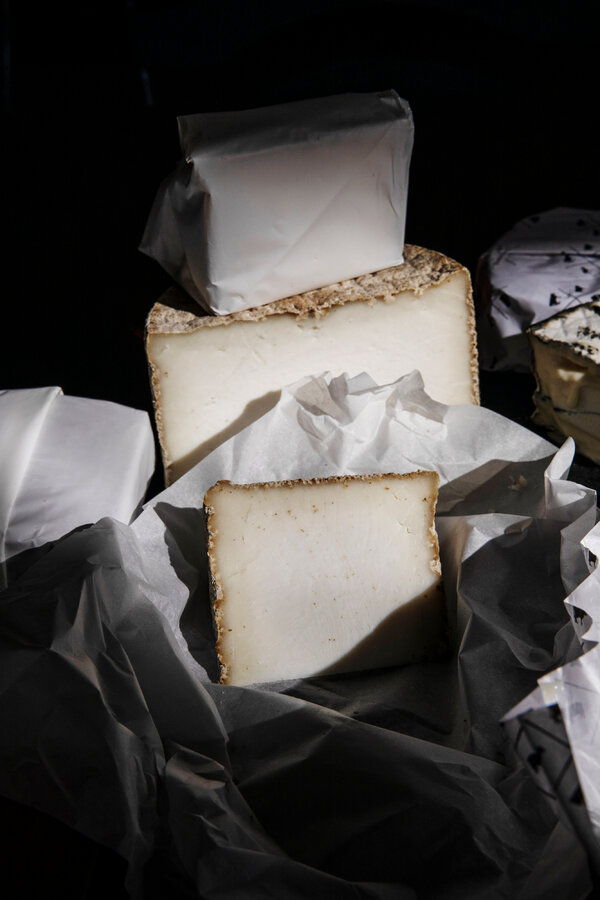Q: I get ingrown hairs every time I shave. Can I get rid of them?
It’s a common issue: Your freshly shaved, waxed or plucked skin appears smooth and hairless — until pimple-like bumps crop up days later.
Ingrown hairs can occur anywhere on the skin, but they typically emerge in places you remove hair, like in the beard, pubic, leg and armpit areas, said Dr. Elizabeth Bahar Houshmand, a dermatologist in Dallas.
They typically look like raised red or flesh-colored bumps, sometimes with hair or pus on the inside, said Dr. Amy K. Bieber, a dermatologist at N.Y.U. Langone Health.
And they can be a persistent problem for some. But the good news is there are effective ways to prevent them.
What causes ingrown hairs?
Hair grows from a follicle deep within the skin, said Dr. Paradi Mirmirani, a dermatologist at Kaiser Permanente in Vallejo, Calif.
Shaving is more likely than waxing or plucking to cause ingrown hairs because it tends to break off the hair just under the skin, which could push the hair into the skin’s layers and interfere with its growing path, Dr. Mirmirani explained.
But waxing and plucking can do this, too, and your hair type also plays a role, said Dr. Delila P. Foulad, a dermatologist at U.C.L.A. Health.
Once the hair starts regrowing, it can curve inward and dig into the skin, or it can emerge and then curl back in, Dr. Mirmirani said. This can cause inflammation and bumps that might be itchy or painful, she said.
The closer the shave, the more likely an ingrown hair is to form, because the hair can get trapped under the skin, Dr. Foulad said.
People with curly or coarse hair are most affected, Dr. Foulad said. The bumps are also more common if you regularly shave or wax before the hair has fully grown back, Dr. Houshmand said.
How should I treat them?
It can be tempting to squeeze the bumps or try to excavate the trapped hair, Dr. Foulad said, but that might increase the risk of inflammation, scarring or infection. “You shouldn’t be yanking out the hair,” she said.
Most cases typically resolve on their own within about a week, Dr. Bieber said, so it’s usually best to leave ingrown hairs alone.
But if the bumps are painful or itchy, you can try applying a warm compress (like a wet washcloth) or a topical, over-the-counter cortisone cream for a couple of days until the inflammation subsides, Dr. Mirmirani added.
To speed healing, Dr. Foulad recommended using a benzoyl peroxide wash, which has antibacterial properties, or chemical exfoliants, such as cleansers or serums with glycolic or salicylic acid, to help open pores and let the hair peek through naturally.
Avoid scrubbing ingrown hair bumps — with loofahs or exfoliating body washes, for example — which could irritate the skin and make them worse, Dr. Bieber said.
Can I prevent ingrown hairs?
The only way to truly prevent ingrown hairs is to stop shaving, waxing or plucking, but that’s not always realistic, Dr. Mirmirani said.
If feasible, allow your hair to grow for as long as possible and wait for any existing ingrown hairs to heal before shaving or using another hair-removal method, Dr. Bieber said.
Cleanse your skin before hair removal and always use clean tools, like razors or tweezers, to avoid introducing germs to the skin, Dr. Foulad said. Run your tools under warm water to remove excess hair after each use, and regularly disinfect tweezers with rubbing alcohol. Replacing your razor blades frequently helps too, Dr. Bieber said.
When you shave, avoid multi-blade razors, which cut hair too close to the skin, or choose an electric razor that allows you to adjust the blades to avoid a close shave, Dr. Houshmand recommended.
Use shaving cream to reduce friction, and shave with — rather than against — the grain. Rinse your razor after each pass, Dr. Foulad said, and avoid pulling the skin taut when shaving, plucking or waxing.
After hair removal, apply a serum or moisturizer containing salicylic, glycolic or lactic acid to help soothe and exfoliate the skin and potentially prevent ingrown hairs from developing, Dr. Houshmand said.
When should I seek help?
If your ingrown hair bumps become more red or painful, or if they are warm to the touch or develop extra pus, that might signal an infection, Dr. Bieber said. Consult a medical provider, who may treat the bumps with a topical steroid or antibiotic.
Also see a dermatologist if your facial or body hair removal routine is regularly causing ingrown hairs that are bothersome, Dr. Mirmirani said. Doctors can prescribe medications, like retinoids or topical steroids, which can reduce your risk of developing ingrown hairs in the future.
Doctors may also recommend alternative hair removal methods, like depilatory creams, which dissolve the hair and are less likely to cause the bumps, Dr. Foulad said. Other options include laser hair removal or electrolysis, which are more permanent.
Occasional regrowth is possible with these last two methods, Dr. Mirmirani said, but the hair usually grows back thinner and rarely causes ingrown hairs.







